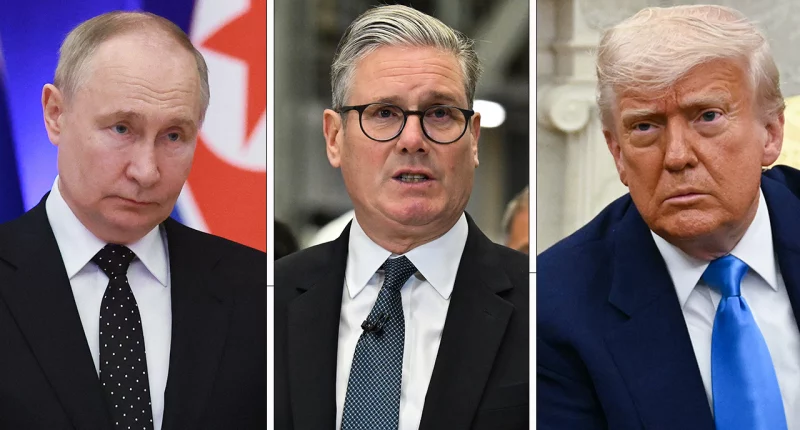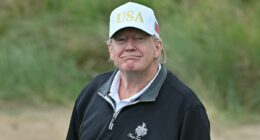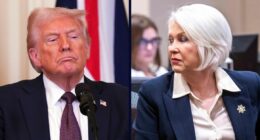Share this @internewscast.com
NEWYou can now listen to Fox News articles!
On Monday, the United Kingdom unveiled new initiatives to revamp its defense strategy following Russian President Vladimir Putin’s incursion into Ukraine and the potential complications from President Donald Trump’s proposal to withdraw U.S. forces from Europe.
British Prime Minister Keir Starmer pledged to enhance the nation’s “war-fighting readiness” by allocating tens of billions of dollars towards the construction of 12 submarines, boosting weapons and munitions production, advancing AI and technology initiatives, and most notably, making a substantial investment in nuclear deterrence.
The announcement followed a Strategic Defense Review conducted by an independent board, which identified several areas in the U.K. needing enhancement to effectively deter threats from nations like Russia, as well as North Korea, Iran, and China.
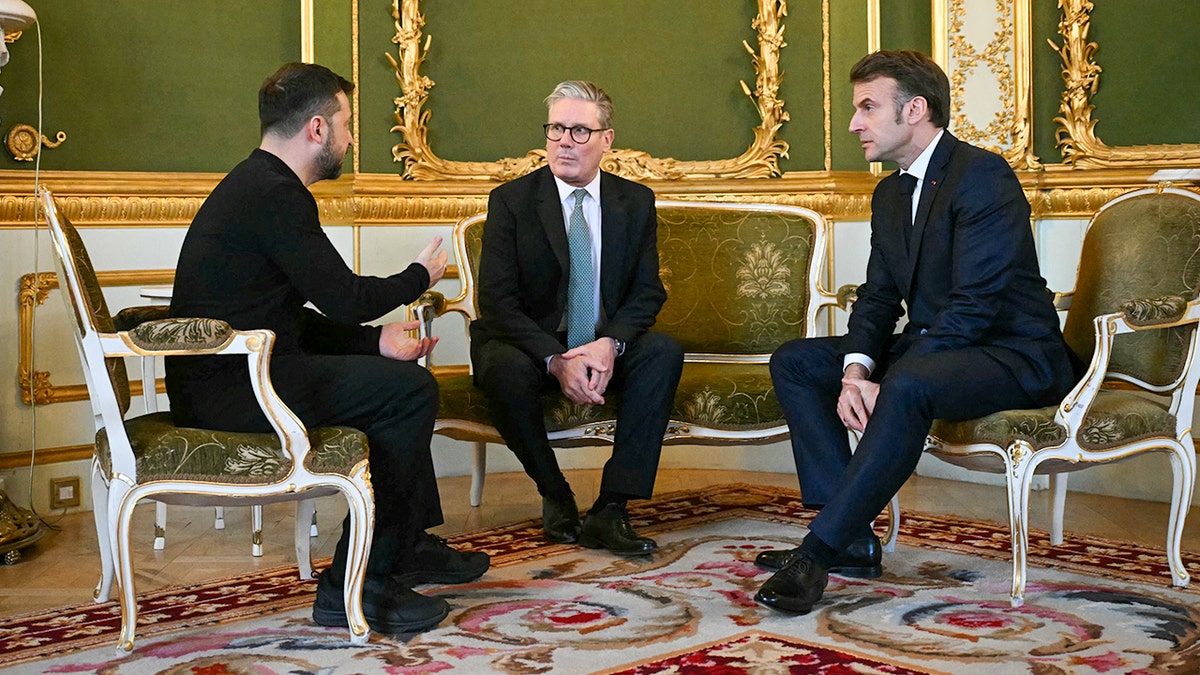
From left to right, Ukrainian President Volodymyr Zelenskiy, British Prime Minister Keir Starmer and French President Emmanuel Macron hold a meeting during a summit at Lancaster House in central London, on March 2, 2025, as concern remains over whether the U.S. will back Ukraine amid Russia’s invasion. (JUSTIN TALLIS/Pool via REUTERS)
The U.K. plans to produce a new submarine every 18 months until it secures a fleet of up to 12 nuclear-powered attack submarines under the AUKUS program, which is a trilateral security partnership between Australia, the U.K. and the U.S. – which focuses on security and stability in the Indo-Pacific, particularly in the face of increased Chinese aggression in the region.
Defense Secretary John Healey said, “We are in a new era of threat, which demands a new era for U.K. defense.”
Starmer ordered the review last summer, shortly after he secured the top job.
Security experts have warned that the threat Russia poses as it advances its war machine is assessed to be a generational threat, and one that will likely out-live the war in Ukraine or even a Putin presidency, and European nations have been scrambling to react to the new reality.
The re-election of Trump became another challenge European leaders have grappled with.
Though Trump pushed NATO leaders to increase their defense spending during his first term, most nations did not meet their GDP defense spending commitments under NATO until after Russia invaded Ukraine.
Now, just eight of the 32 NATO nations do not meet the 2% GDP spending commitments, while five nations, including the U.S. spend more than 3%.
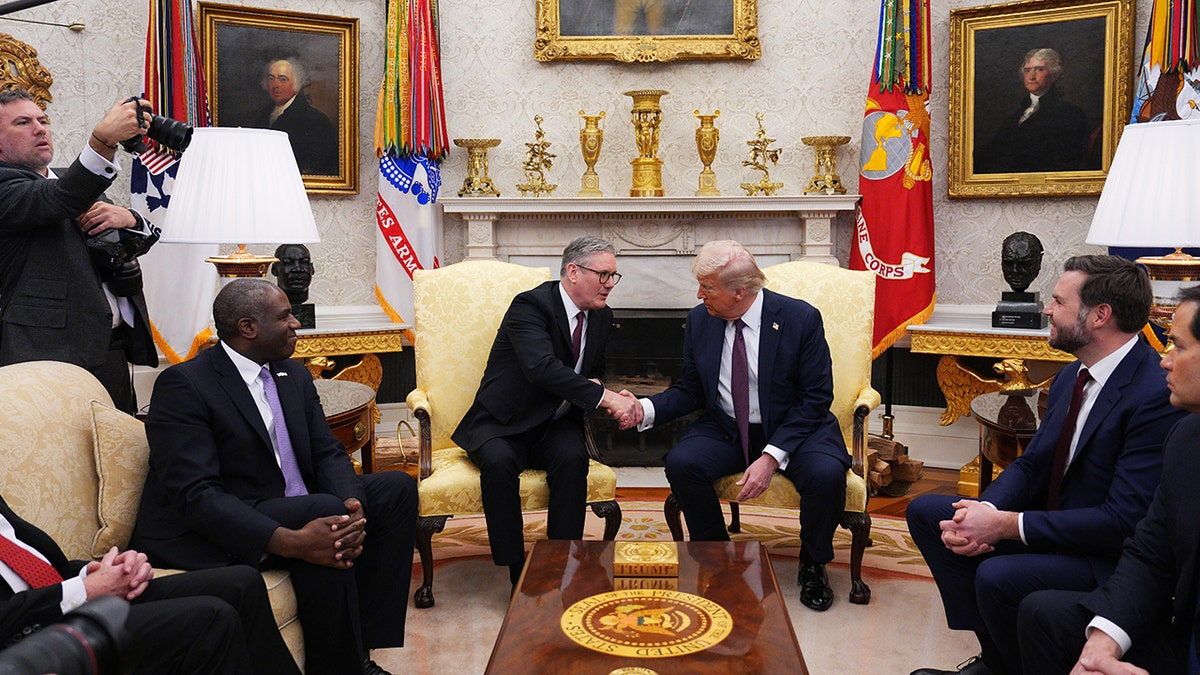
U.K. Prime Minister Sir Keir Starmer meets with President Donald Trump, alongside Vice President JD Vance, right, and U.K. Foreign Secretary David Lammy, left, in the Oval Office at the White House on Feb. 27, 2025 in Washington, D.C., as the U.K. looks to maintain strong relations with Washington. (Carl Court – Pool/Getty Images)
NATO nations have increasingly called for an increase in defense spending and a push to be less dependent on the U.S.’s military industrial base.
While the U.K. has pledged to spend 2.5% of its GDP on defense by 2027, with an increase to 3% by 2030, Trump has called for NATO nations to spend 5% — though the alliance has not yet agreed to such a plan, which the U.S. also falls short on, spending 3.38% according to figures released in 2024.
The U.K. is also looking to take more of a leadership role in NATO, particularly as the reliability of the U.S. has been called into question amid the war in Russia, and amid threats by Trump that he may drawdown troop numbers in Europe.
